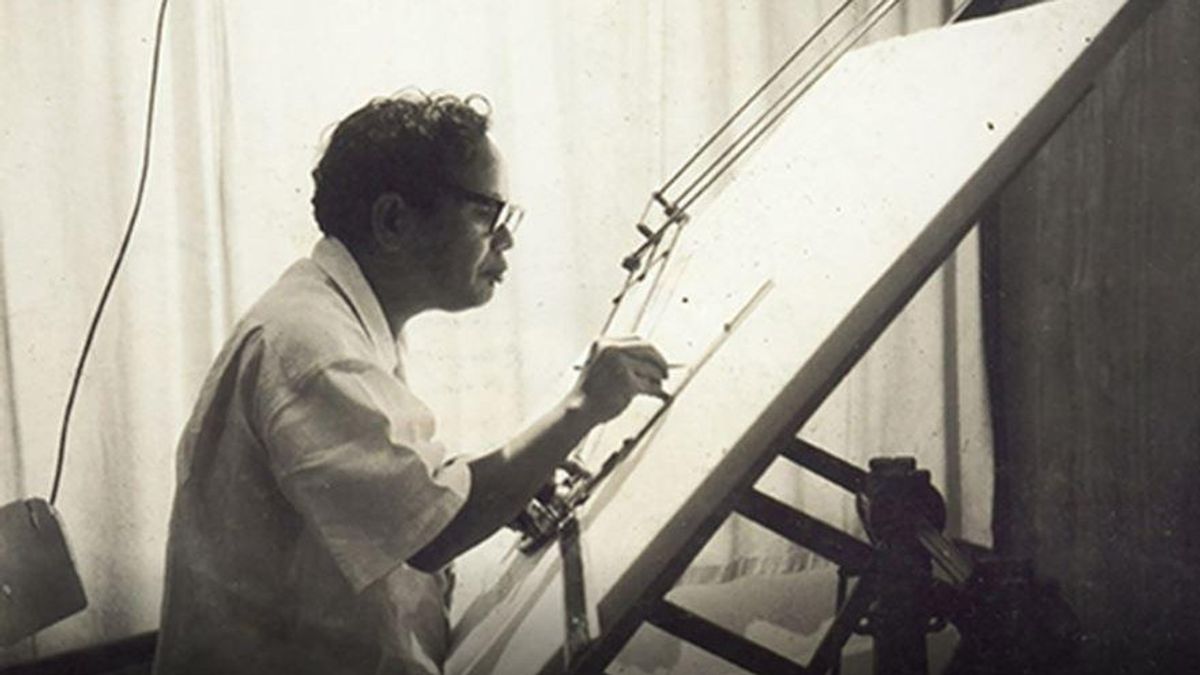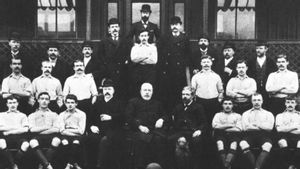JAKARTA - Every March 18, Indonesia commemorates National Architecture Day. Not many sources are available to explain why March 18 was made National Architecture Day. However, what is clear is that National Architecture Day is set to reward an inspirational figure who has contributed to the development of the world of architects in Indonesia.
As the times change, architecture in Indonesia also changes frequently. Indonesian architecture has had a variety of external cultural influences, ranging from the influence of the Hindu-Buddhist era to European architectural styles. All of these evolutions have been experienced by Indonesia.
Apart from aesthetics, the architectural style in Indonesia is also a form of "marker" of an era. Quoting the journal Dynamics of Indonesian Architecture and the Post-Reformation Representation of 'Identity Politics' by Kemas Ridwan Kurniawan, various physical architectural symbols, in the form of monuments, memorials, public spaces, and buildings represent the socio-political aspects of a time, especially related to the power that was going on at that time.
The journal explained, both the Old Order and the New Order, the two regimes used architecture as a medium to mark their respective eras. During the Old Order, Soekarno used language between nations as the basis for the monuments and buildings he initiated.
Meanwhile, Suharto strengthened the Indonesian language with traditional architecture as a marker of this era. In addition, since the Soekarno and Soeharto days, vertically oriented development has become something that is required.
The early skyscrapers built during the Soekarno era in Jakarta were continued by Soeharto. As if a tall building must be present as a marker of Jakarta.
These tall buildings in Jakarta are also expected to be able to illustrate that Indonesia can compete with various other national capitals, both those that are developed and those considered equal to Indonesia.
Indonesia's famous architecture
The Indonesian building architectures that became the "face" of the nation were also influenced by phenomenal architects. For example, Frederich Silaban.
The Istiqlal Mosque designer often made modern and relevant building designs with the times. Friedrich's other works, apart from the Istiqlal Mosque, are the National Monument (MONAS) and Gelora Bung Karno Stadium.
Apart from Fredrich Silaban, there is also the name Achmad Noeman. He is known as the maestro of mosque architecture in Indonesia.
Achmad Noeman is the architect of the ITB Salman Mosque, a mosque designed without a dome. The Salman Mosque is an important milestone in contemporary mosque architecture in Indonesia.

The design of the mosque building without a dome shows the existence of liberation from tradition. Achmad Noeman's other works include the Amir Hamzah Mosque, the at-Tin Mosque, the Islamic Center Mosque, the Suharto Mosque in Bosnia, and the Sheikh Yusug Mosque in Cape Town in South Africa.
Another figure who is also known to be influential about the development of architecture in Indonesia is YB Mangunwijaya or Romo Mangun. Romo Mangun is also known as the father of modern Indonesian architecture.
Romo Mangun often played with color, space, and atmosphere. This makes his works filled with diverse and unique forms.
One of the awards he has received is the Aga Khan Award for architecture, which is the highest award for architectural work in the developing world. YB Mangunwijaya received this award because of the settlement design on the banks of Code river Yogyakarta.
*Read other information about ARCHITECTURE or read other interesting writings from Yudhistira Mahabharata.
Others on TODAY'S HISTORY
SEE ALSO:
The English, Chinese, Japanese, Arabic, and French versions are automatically generated by the AI. So there may still be inaccuracies in translating, please always see Indonesian as our main language. (system supported by DigitalSiber.id)














